Best Time for Stamped Concrete Service
Timing for stamped concrete service depends on weather conditions and seasonal temperatures. Optimal periods typically include late spring through early fall, when temperatures are moderate and humidity levels are suitable for proper curing and sealing processes.
Spring offers mild temperatures and lower humidity, ideal for concrete work and curing. It allows for timely completion before summer heat sets in.
Summer provides longer daylight hours and stable weather, but high temperatures require careful planning to prevent rapid drying or cracking.
Early fall features cooler temperatures and less rain, making it suitable for stamped concrete projects that need proper curing time.
Winter is generally unsuitable due to freezing temperatures and increased moisture, which can compromise the integrity of stamped concrete.
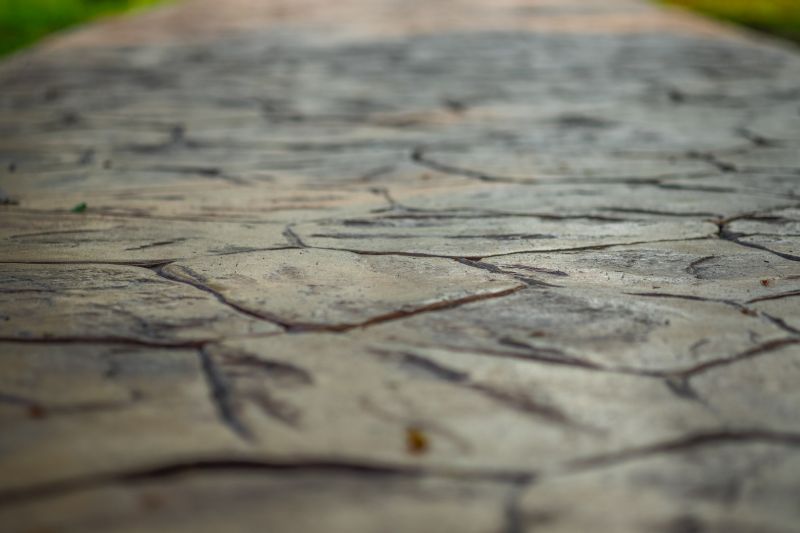
Ways to make Stamped Concrete Service work in tight or awkward layouts.
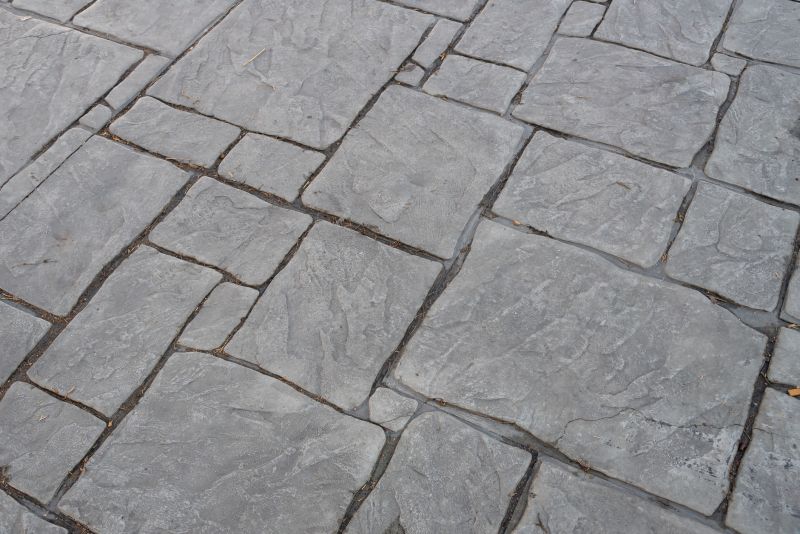
Popular materials for Stamped Concrete Service and why they hold up over time.

Simple add-ons that improve Stamped Concrete Service without blowing the budget.

High-end options that actually feel worth it for Stamped Concrete Service.

Finishes and colors that play nicely with Stamped Concrete Service.

Little measurements that prevent headaches on Stamped Concrete Service day.
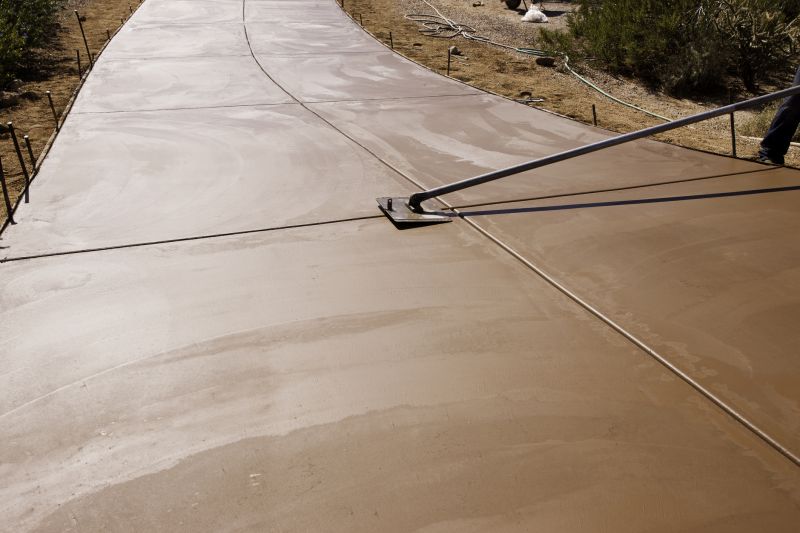
A 60-second routine that keeps Stamped Concrete Service looking new.

A frequent mistake in Stamped Concrete Service and how to dodge it.
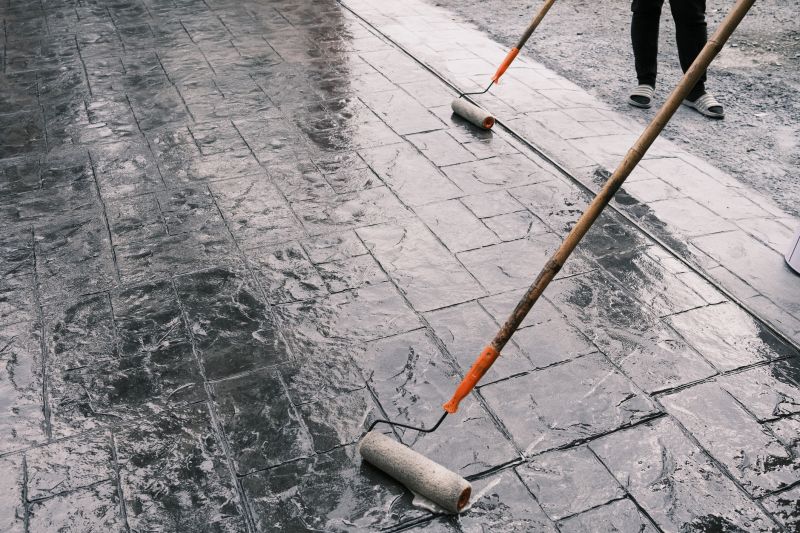
Small tweaks to make Stamped Concrete Service safer and easier to use.
| Season | Optimal Conditions |
|---|---|
| Spring | Moderate temperatures, low humidity |
| Summer | Stable weather, longer daylight |
| Early Fall | Cooler temperatures, less rain |
| Winter | Not recommended due to freezing |
Stamped concrete service involves imprinting patterns and textures onto freshly poured concrete to create decorative surfaces resembling stone, brick, or other materials. It is a durable and versatile option for patios, driveways, walkways, and pool decks. Proper timing ensures the concrete cures correctly, allowing the pattern to set without cracks or defects. The process includes pouring, stamping, coloring, and sealing, which can enhance aesthetic appeal and longevity.
Statistics indicate that stamped concrete can last for decades when installed during suitable weather conditions. Its resistance to cracking and fading depends on proper installation and maintenance. The best results are achieved when the temperature range is between 50 and 80 degrees Fahrenheit, with low humidity to facilitate curing and color consistency.

Lower-waste or water-saving choices for Stamped Concrete Service.

The short, realistic tool list for quality Stamped Concrete Service.
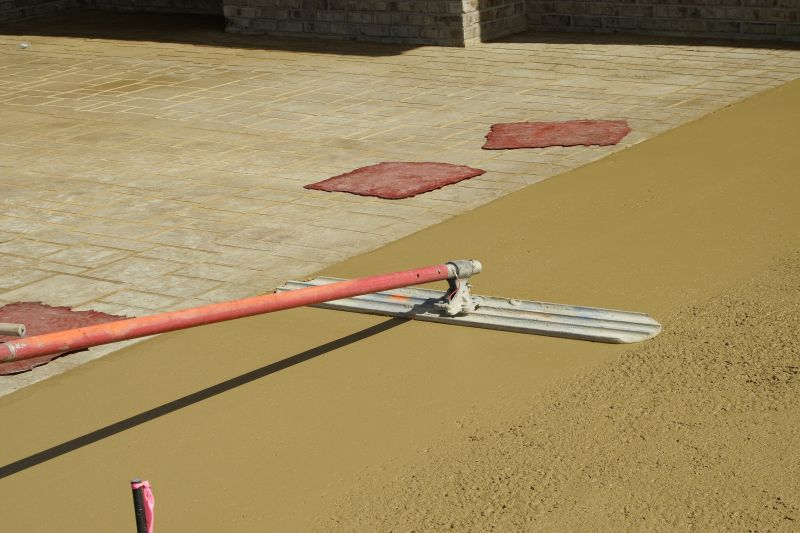
Rough timing from prep to clean-up for Stamped Concrete Service.

Quick checks and paperwork to keep after Stamped Concrete Service.
Interested parties are encouraged to contact for further details about scheduling stamped concrete projects. Proper planning during optimal weather conditions can ensure the best results and durability of the finished surface.
